Your gateway to endless inspiration
Space Picture - Blog Posts
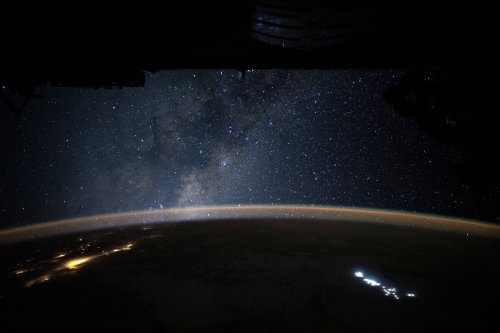
“We saw to the edge of all there is—
So brutal and alive it seemed to comprehend us back.”
-Tracy K. Smith, US Poet Laureate
Some pictures are worth a thousand words and some a thousand thoughts. On Jan. 31, astronaut Christina Koch shared this emotional view and quote from the International Space Station. Enjoy.
Make sure to follow us on Tumblr for your regular dose of space: http://nasa.tumblr.com
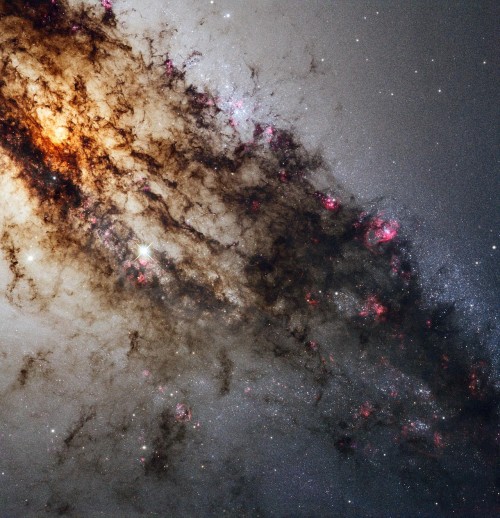
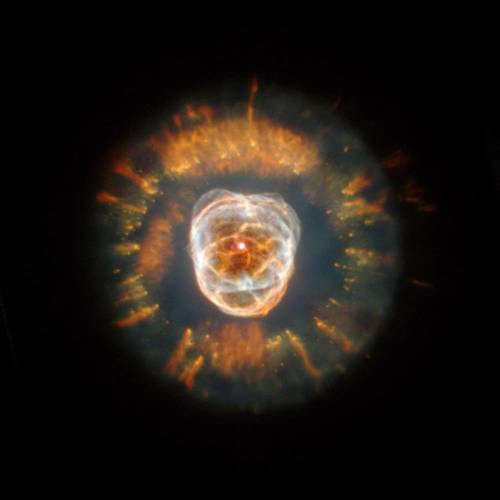
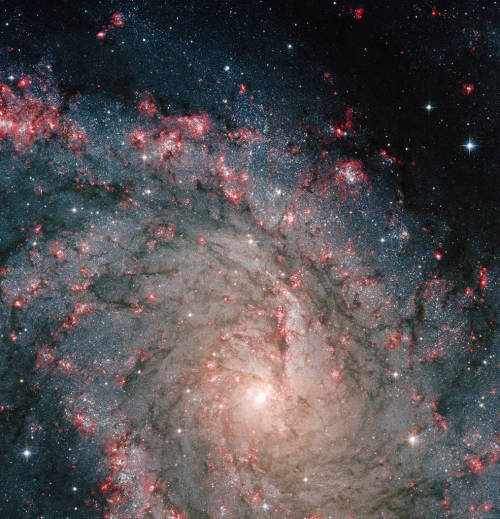
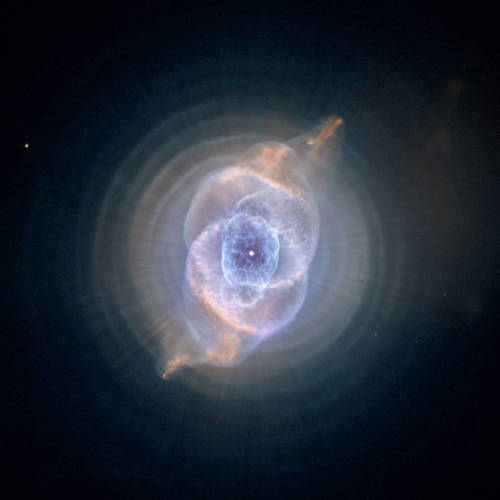
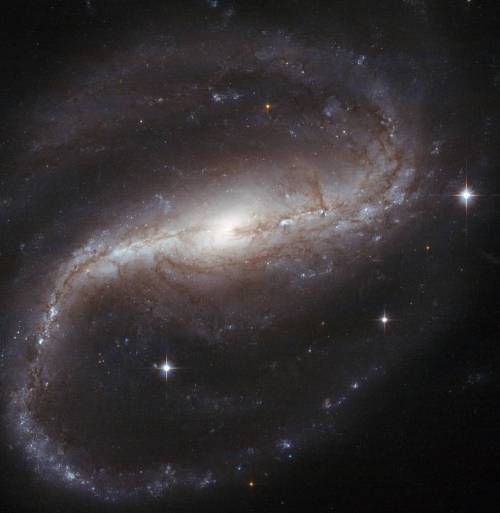
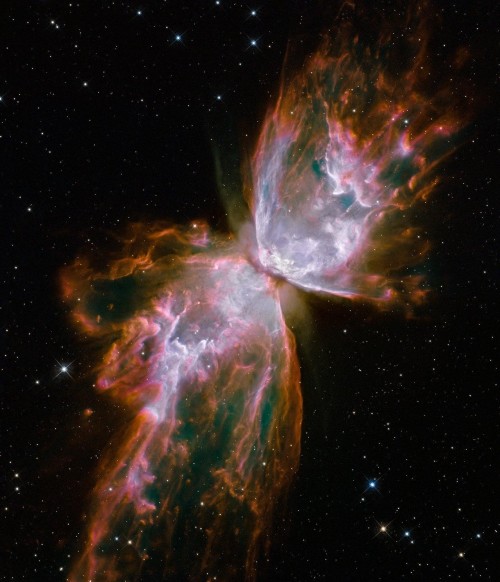

Be your own explorer ✨the cosmos is waiting...
From nearby clouds of gas and dust to remote galaxies that formed billions of years ago, tour the night sky with our Hubble Space Telescope’s new Caldwell catalog. The catalog of star clusters, galaxies and nebulas was first produced to highlight cosmic wonders visible to amateur astronomers. Since then Hubble has taken images of 95 out of the 109 objects, bringing these objects to life in exquisite detail.
While the objects can be observed using modest ground-based telescopes, Hubble’s Caldwell collection has been assembled for astronomers to see the finer details of each object in the night sky.
View the full collection here!
Make sure to follow us on Tumblr for your regular dose of space: http://nasa.tumblr.com.

Say hello to globular cluster 47 Tucanae 👋
This glittery spray of ancient stars is about 16,700 light-years away from Earth toward the constellation Tucana. Globular clusters like this one are isolated star cities, home to hundreds of thousands of stars that are held together by their mutual gravity. And like the fast pace of cities, there's plenty of action in these stellar metropolises. The stars are in constant motion, orbiting around the cluster's center.
Past observations have shown that the heavyweight stars tend to crowd into the “downtown” core area, while lightweight stars reside in the less populated suburbs. But as heavyweight stars age, they rapidly lose mass, cool down and shut off their nuclear furnaces. After the purge, only the stars' bright, superhot cores – called white dwarfs – remain. This weight loss program causes the now lighter-weight white dwarfs to be nudged out of the downtown area through gravitational interactions with heftier stars.
Until these Hubble observations, astronomers had never seen the dynamic conveyor belt in action. The Hubble results reveal young white dwarfs amid their leisurely 40-million-year exodus from the bustling center of the cluster.
Make sure to follow us on Tumblr for your regular dose of space: http://nasa.tumblr.com.